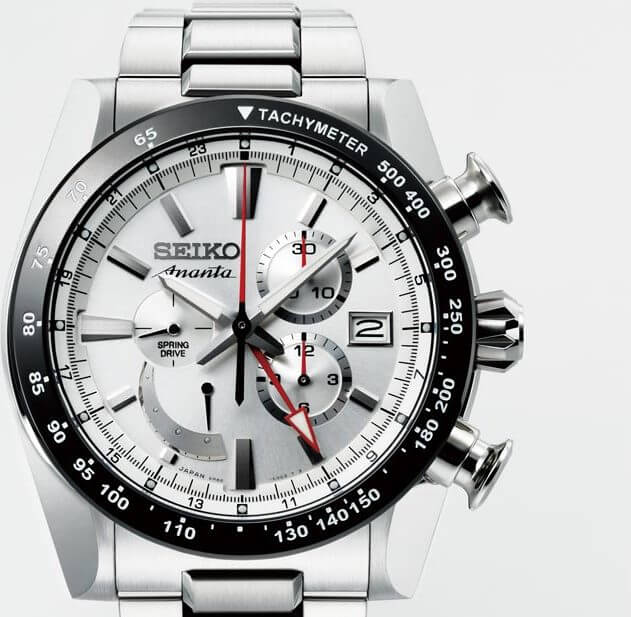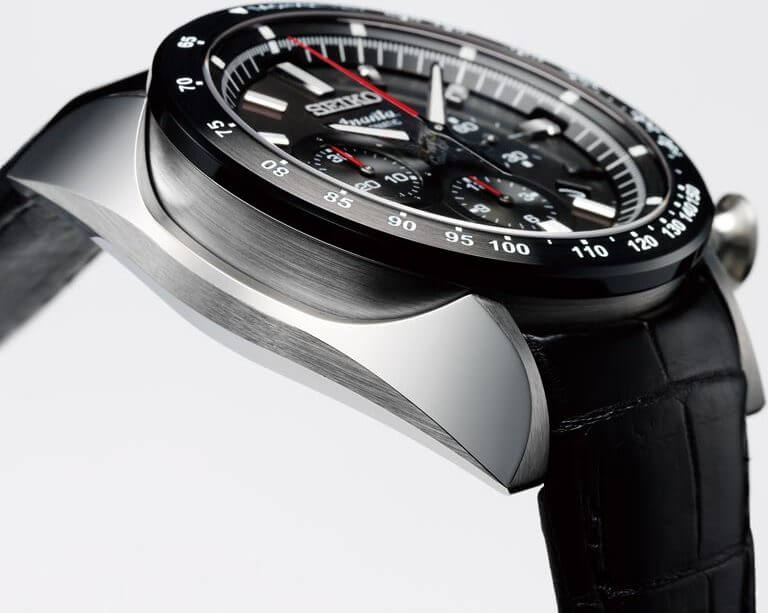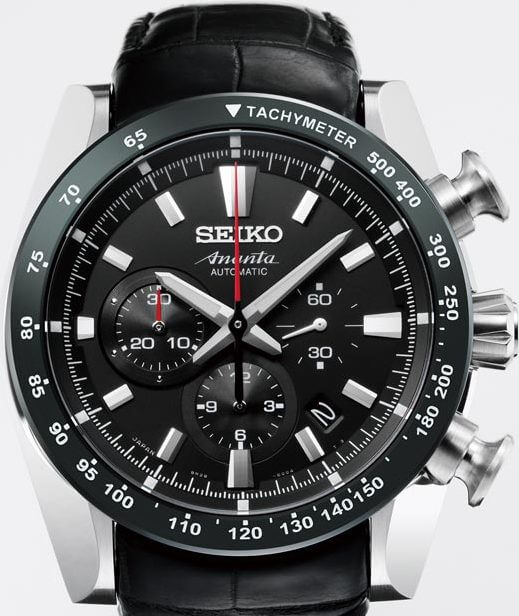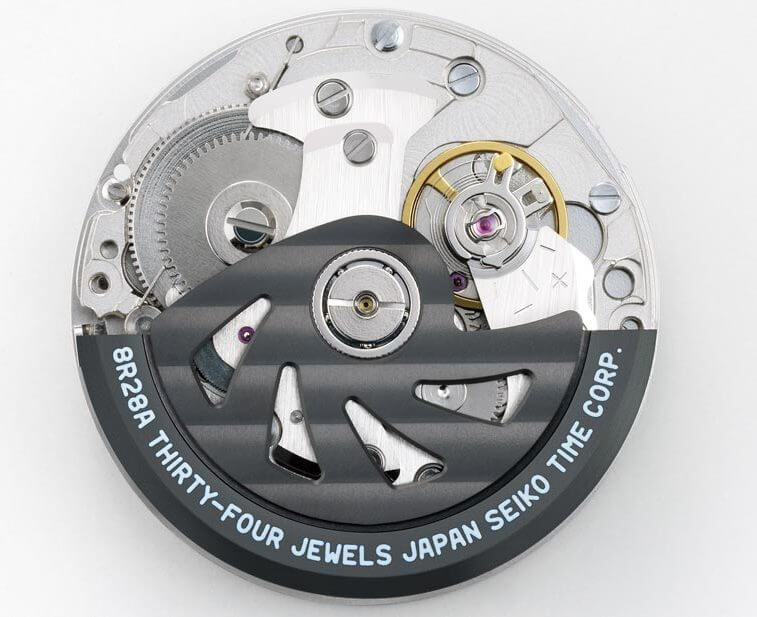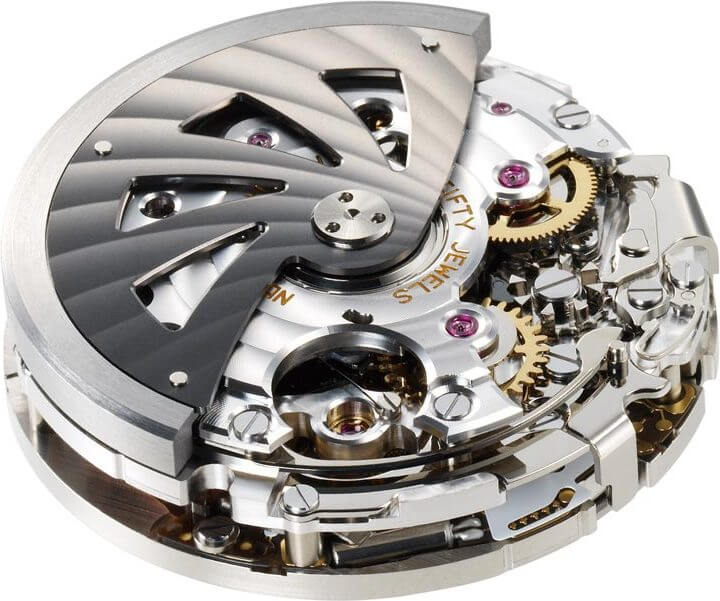Over the first three quarters of its fiscal year, sales of watches by the Japanese Seiko brand fell by 17% and the division’s operating profit plummeted 50.2%. For the year ending March 31st, the group anticipates its Watch Business revenues will lose 19% and operating profit drop by 87%. For its activities overall, Seiko expects to end the year in the red, with losses in the region of USD 55 million. Not that the company, established in 1881, will let this get it down. The brand, which is fully integrated, has come up with some weighty arguments to offset the doom and gloom, in the form of a new range of watches at the cutting edge of innovation and expertise.
Seiko, which generates 53% of its sales in Japan and almost 20% in the rest of Asia, is breaking new ground and launching this latest line on international markets: previously, it reserved its prestige collections for the domestic market. Ananta, Sanskrit for infinity, is intended to showcase Seiko’s command of high-end watchmaking and seduce a wider audience in its export markets. Furthermore, these watches are also positioned at extremely competitive prices. Over 600 points of sale have already been selected for the international launch in September.
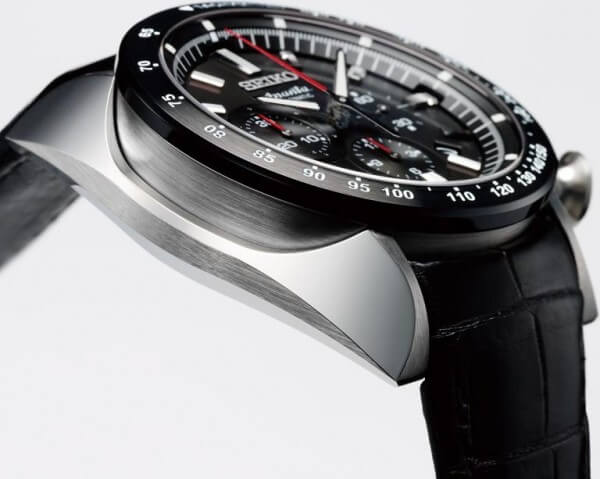
Giving free rein to creativity
“When we imagined this new Elite collection, we gave carte blanche to the team in charge of the project,” explained Shu Yoshino, general manager of international advertising at Seiko Watch Corporation, speaking at Baselworld. “They could use existing movements, developed by our manufactures, or create new ones instead. They had complete freedom to choose elements for the exterior and to explore any design direction. They found inspiration in the ancient art of sword-making and katanas, Japanese swords that date back to the tenth century. From forging to polishing, each katana takes one month to produce. It is a testament to the craftsman’s hand.”
Clearly nothing has been left to chance, beginning with the exterior. The case, which is made from similar steel to a katana blade, and whose sides share its distinctive curved form, is machined in a series of operations that requires the use of 32 different cutters. Polishing is done in three stages to achieve a mirror-smooth surface and texture. The shape of the horns, hands, crown and markers is a direct reference to the distinctive form of these samurai swords. With Ananta, Seiko has applied its philosophy of “the most technologically advanced craftsmanship in the world” to the full.
Mechanical movements and Spring Drive
The care and attention that went into the case is echoed in the movement. “Our teams wanted nothing less than the Seiko group’s very best,” Shu Yoshino continued. “This led them to choose Spring Drive technology, developed at Shinshu Watch Studio, and the mechanical movement skills of Shizuku-ishi Watch Studio, in the form of new calibres. These new movements embody our concept of a ‘watch for life’ where over-elaboration is eschewed in favour of precision, longevity and performance.” In addition to the calibre 8R28 inside the automatic Chronograph with column wheel and vertical clutch, Seiko presents the 6R24 and the 6R21. Both these movements beat at 28,800 vibrations/hour and equip the two Ananta models with day, date and 45-hour power reserve. One features an original double retrograde display for the day and date. Says Seiko: “All three calibres use Seiko’s unique SPRON 510 alloy for the mainsprings to deliver enhanced performance, and all three use the Magic Lever system that Seiko pioneered in 1959 and which dramatically increases the efficiency and speed of the winding of the mainspring.”
The high points of the collection are the Ananta Spring Drive Chronograph (cal. 5R86) and Spring Drive GMT (cal. 5R66). They incorporate the famous Spring Drive technology, which Seiko spent thirty years developing before unveiling its first prototype in Basel in 1998. Put simply, Seiko wanted nothing but the best for Ananta. “Of course we’re affected by the crisis,” concluded Shu Yoshino. “However, this year will bring great opportunities for Seiko, as customers now expect real values when they buy a watch. As a fully-integrated manufacture, we can give them this.”
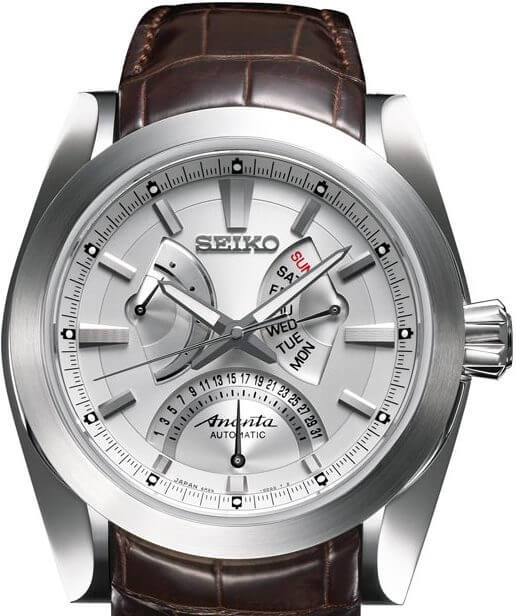
Spring Drive
Energy from the mainspring is stored in the barrel and transmitted via a classic gear train whose regulator, instead of oscillating like a classic regulating organ, uni-directionally rotates 28,000 times an hour to generate electricity. This energy, measured in nano watts, is transferred to the quartz crystal to electro-magnetically regulate the regulator. To summarise, this tri-synchro regulator uses mechanical energy from the mainspring to produce its own electricity, which it transforms into electro-magnetic energy to maintain a speed of eight revolutions a second, hence the name tri-synchro regulator. The regulator’s electro-magnetic braking power is proportionally adjusted to the force supplied by the mainspring. Thanks to this smooth uni-directional regulator, the hands, in particular the seconds hand, glide over the dial. Accuracy is +/- 1 second a day.








